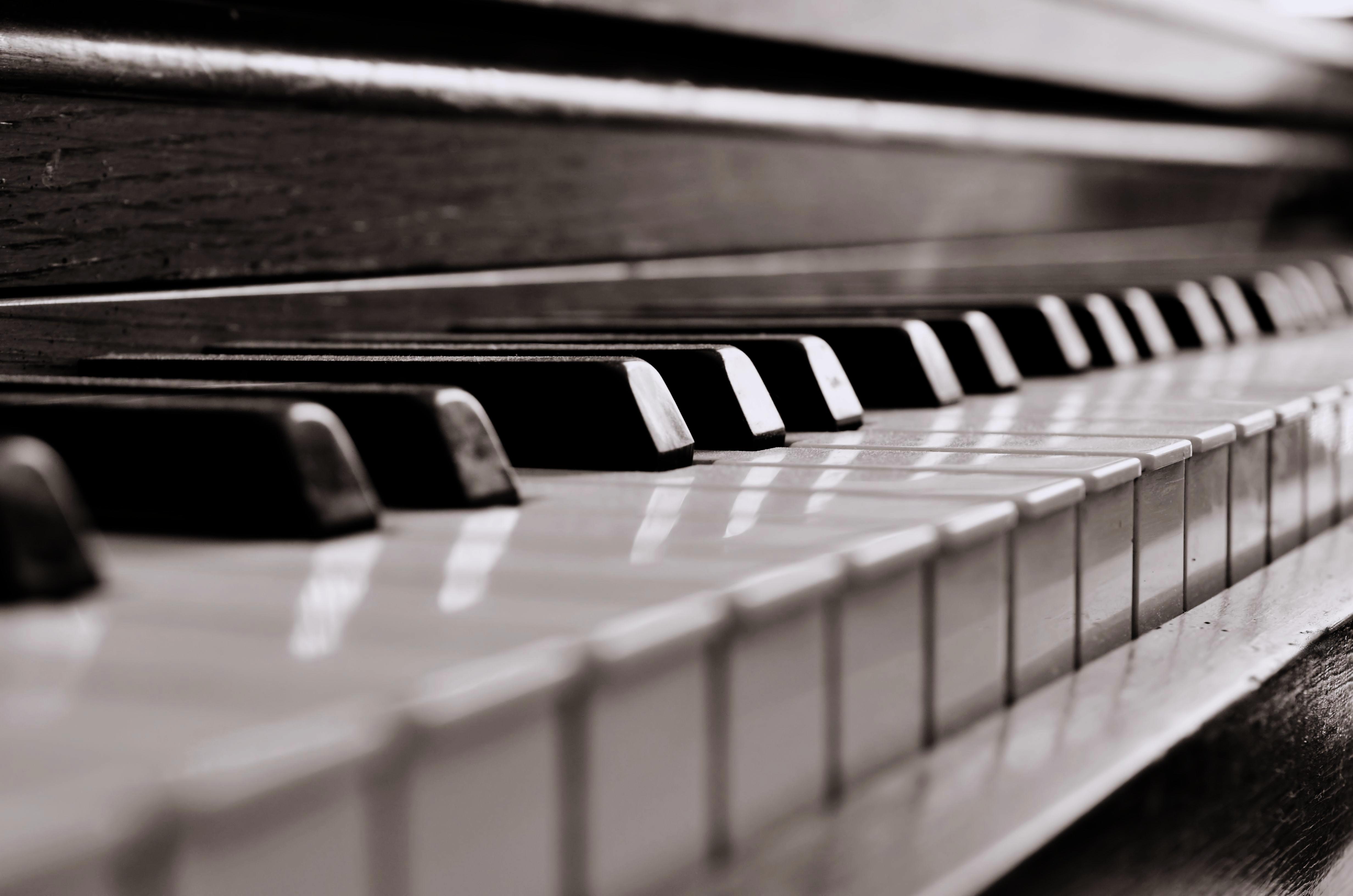The piano may well be one of the most sought-after, most confounding musical instruments. Grand, upright or digital, the piano is a keyboard instrument with aspects of percussion. It is the bane of children throughout the ages, who've tortured their piano teachers during lessons their parents wanted for them. Still, for those who wish to master the piano, information about different types of pianos we present here is vital.

The Grand Piano
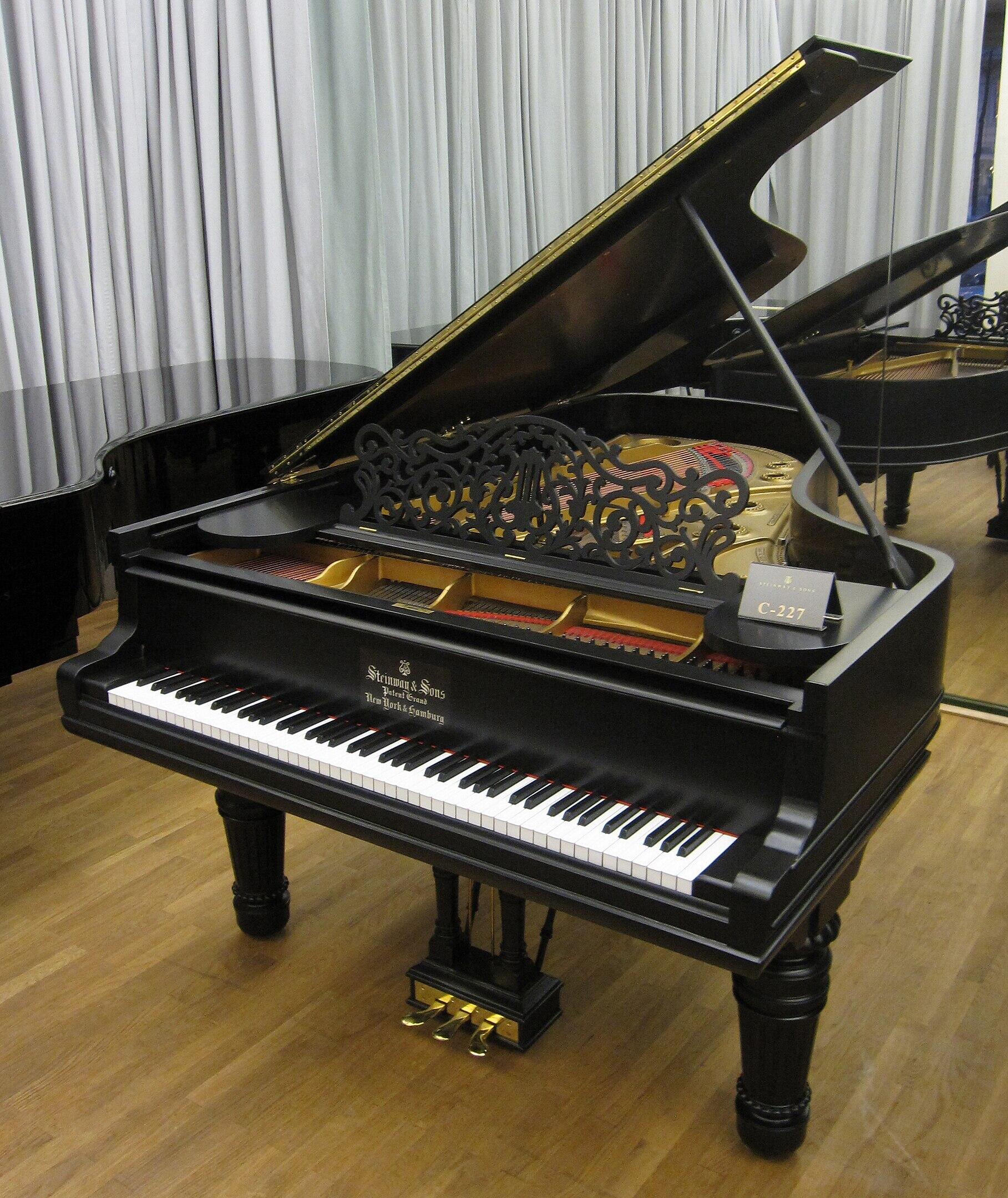
When one thinks 'piano', the grand piano is usually the one that comes to mind. It occupies pride of place on concert stages and fills home music rooms with its presence. The top is propped open to play, which helps deliver its rich sound.
The strings run horizontally, away from the keyboard. The instrument's distinctive shape accommodates shorter strings for the upper-end registers, as well as the long strings needed for the deep notes.
The hammers rise up to strike the strings, and gravity returns them to their home position.
Regardless of type, all grand pianos have the same characteristics: horizontal strings, gravity hammers, and a distinctive shape. Only their dimensions differ.
The Concert Grand
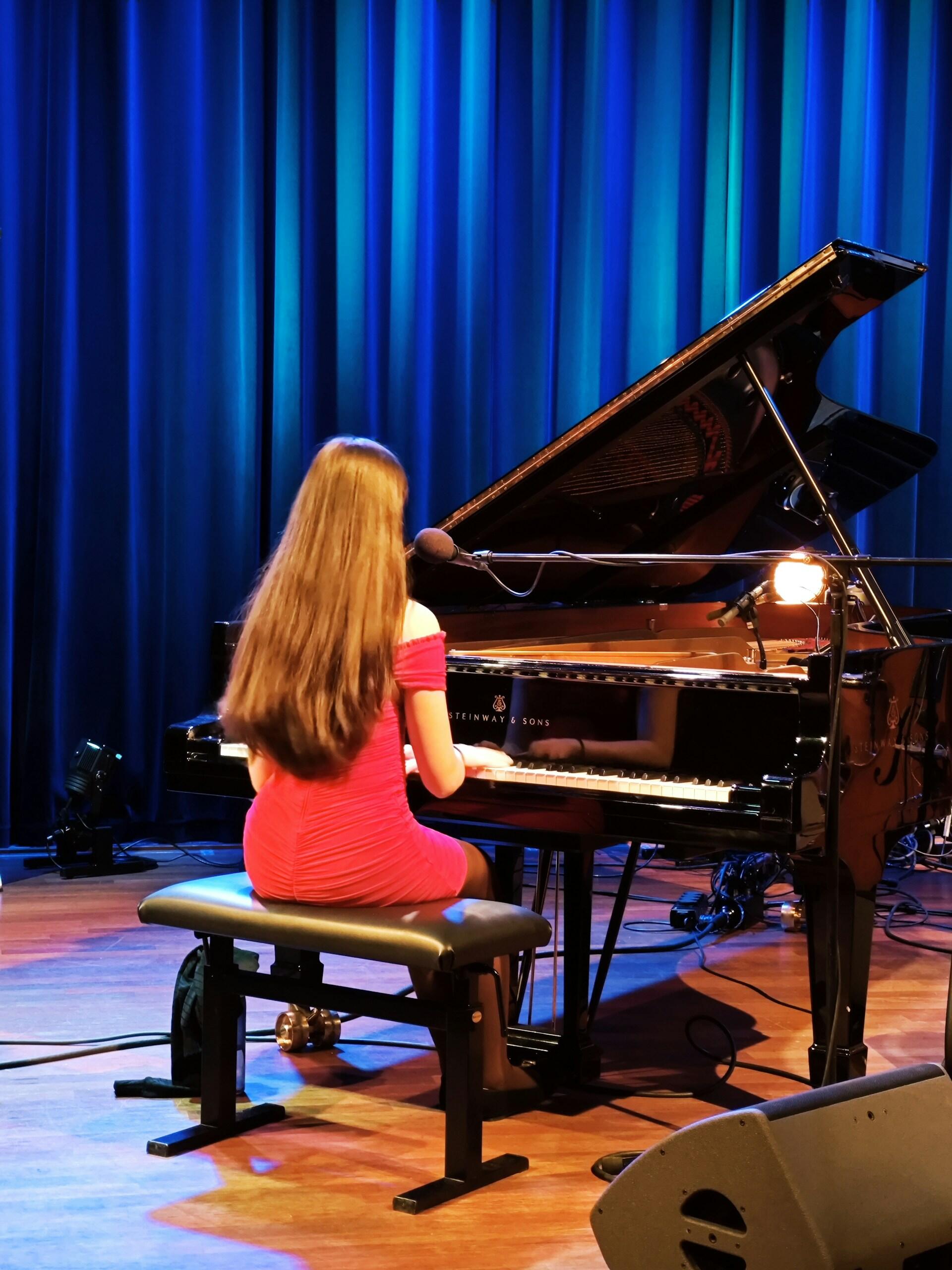
This is the piano all other pianos want to be. It treats pianists to a nearly sensuous playing experience, and its audience to a smooth, honeyed, complex sound. This piano's large size allows for resonant basses, crystal-clear high notes, and a breathtaking range of musical expression.
The materials used to build these pianos are high-grade. Solid spruce braces (inner supports) provide tensile strength, while sugar pine ribs distribute that support.
The hammers' wool top and underfelt are of the highest grade and treated to resist moisture and insects.
The Parlor Grand
Few people realise how big a piano really is until they think about buying one for their home. The concert grand, with its lavish dimensions, is out of the question for all but the most spacious of halls. By contrast, the parlor grand, a slightly slimmer instrument, can fit in a generously sized living room.
We typically find parlor grands in recording studios and recital halls. Its tone quality rivals its larger cousin's, especially the richness of the deeper notes.
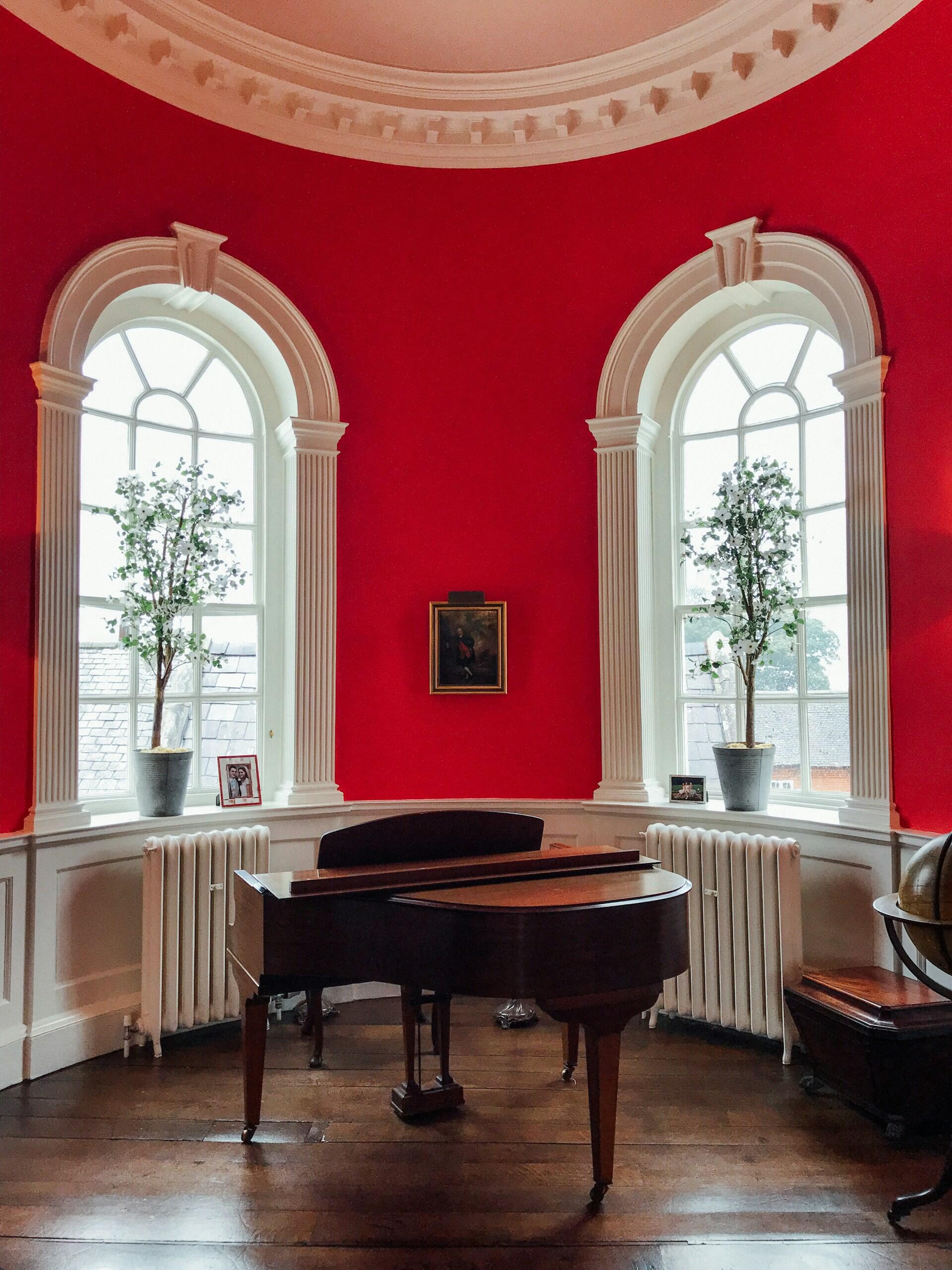
Parlor grands offer one major advantage over a full-sized instrument: they afford a bit more keyboard agility, thanks to their smaller size.
The Baby Grand
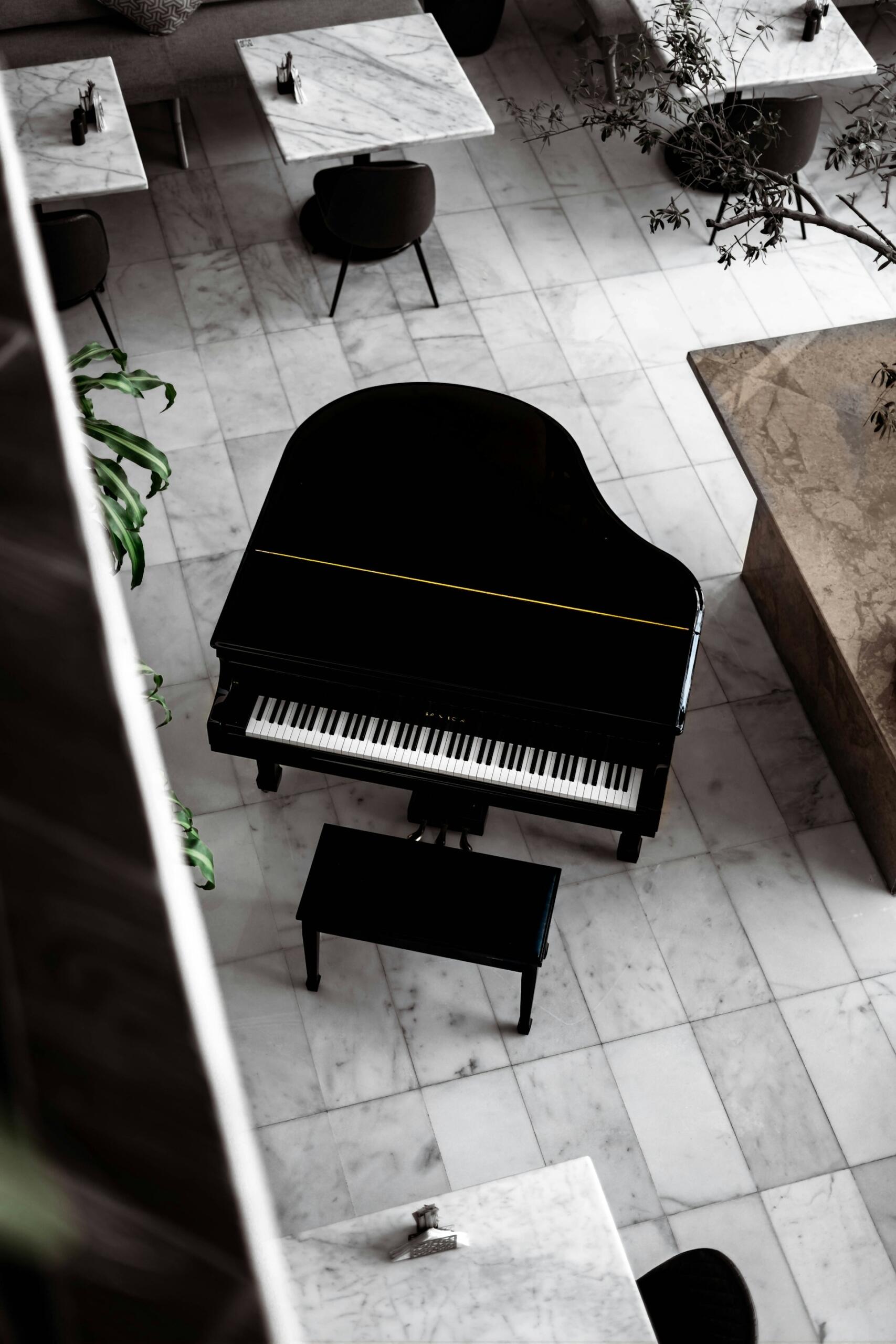
The legendary piano maker, Steinway & Sons, debuted the baby grand model in 1905. Since then, baby grands have served as a satisfying substitute for the larger instruments, particularly in smaller venues.
Its smaller body does nothing to compromise its sound, though the narrower keyboard makes playing easier.
Steinway pianos are renowned for their quality construction, both the materials and craftsmanship. Count on the same spruce and sugar pine combination as the concert grands.
And then, add rust-resistant heads on the blued steel tuning pegs. The hammers feature the same wool and underfelt combination, and are likewise treated to resist damage.
Grand Piano Weight
The instrument's weight depends on the type of grand piano. Obviously, baby grands weigh less than full-sized concert instruments, with parlor grands falling somewhere in the middle.
With that upper limit established, grand piano weights break down as follows:
Baby grand: up to 270 kg
Parlor grand: up to 340 kg
concert grand: up to 544 kg
The Upright Piano
So-called upright pianos are more correctly called vertical pianos, due to their strings running up and down, rather than lengthwise. With that distinction made, we must further clarify that the description 'vertical piano' covers four different instruments:
- spinet
- studio
- console
- professional
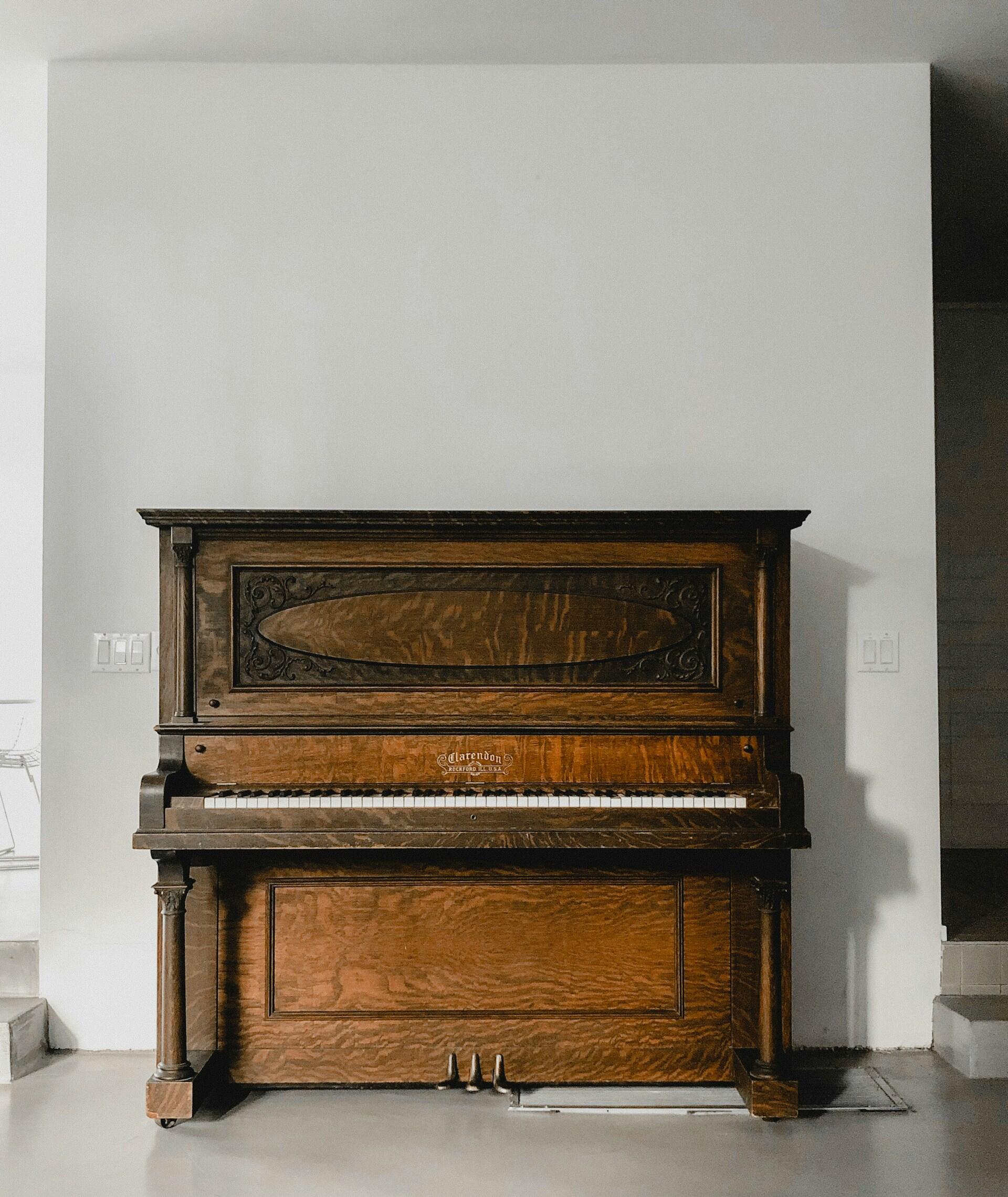
Thanks to their slightly lower price tags and more manageable dimensions, we find upright pianos everywhere. Churches don't stint on their use, and school auditoriums invariably feature one. Knowing how expensive a piano is, price is a firm selling point to uprights' advantage.
My great-aunt had an upright piano in her salon.
Its sound filled the room, with distinctive basses and tinkling high notes.
The average piano-playing household is more likely to have an upright than any type of grand piano. This type of piano, along with its essential accessories (benches and the like), doesn't crowd the room as much. Now, we explore variations of this instrument.
Spinet
A spinet is a compact type of keyboard instrument, typically standing just under a metre tall and maintaining a notably narrow profile.
Its space-efficient design delivers the essential benefits of piano playing without overwhelming smaller rooms or apartments.
Beneath its modest exterior lies a sophisticated musical mechanism, featuring intricate actions, specialised drop actions, and connecting rods that work together to translate key presses into hammer strikes.
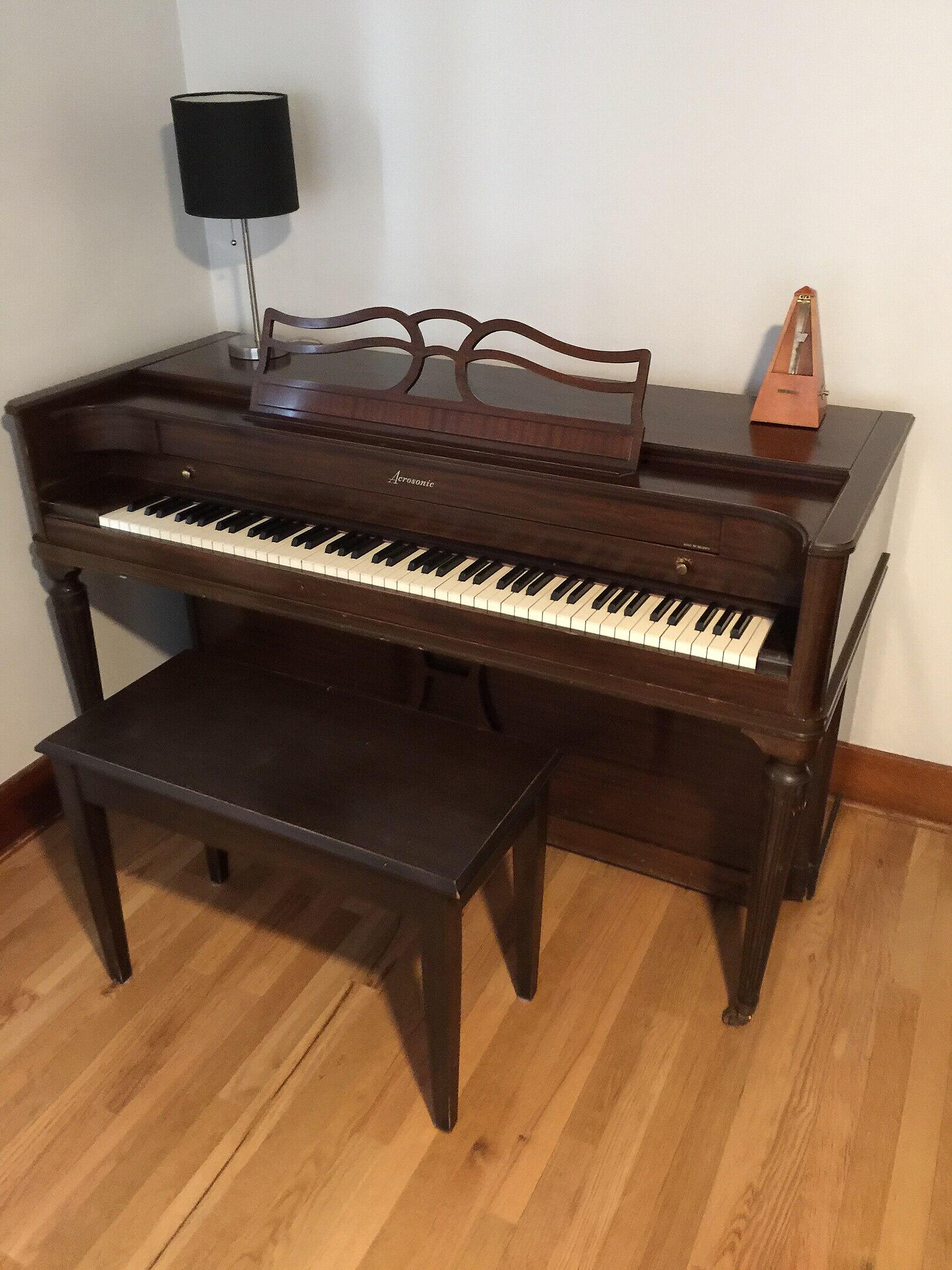
However, this internal complexity, with its tightly packed and interconnected components, makes servicing and repairs considerably more challenging than with larger, more accessible piano designs.
Studio
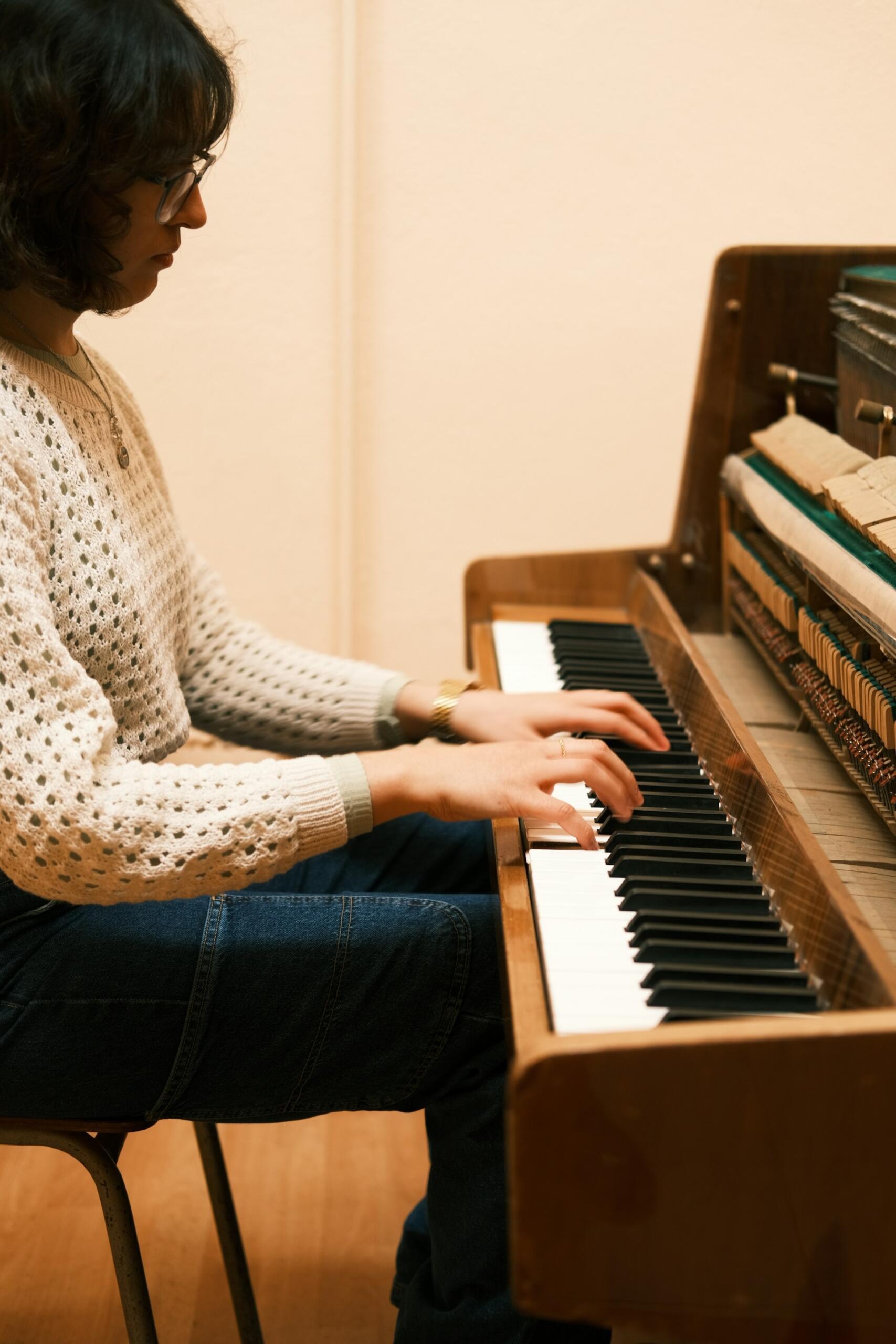
The studio piano features a significantly larger soundboard than either the compact spinet or console models, but stops short of reaching the full height of a traditional upright piano.
This expanded soundboard accommodates longer strings, which produce superior sound quality with enhanced richness, depth, and tonal complexity compared to smaller instruments.
The increased string length also allows for better harmonic development and sustain.
Its distinctive above-the-keyboard action mechanism not only provides improved touch sensitivity and key response but also contributes substantially more resonance and projection, creating a fuller, more vibrant musical experience that bridges the gap between compact home pianos and full-sized uprights.
Console
The console piano's action mechanism operates vertically, working against gravity rather than with it like grand pianos.
Unlike grands, which benefit from horizontal string alignment and larger soundboards, consoles produce a less resonant sound but still maintain impressive sound quality.
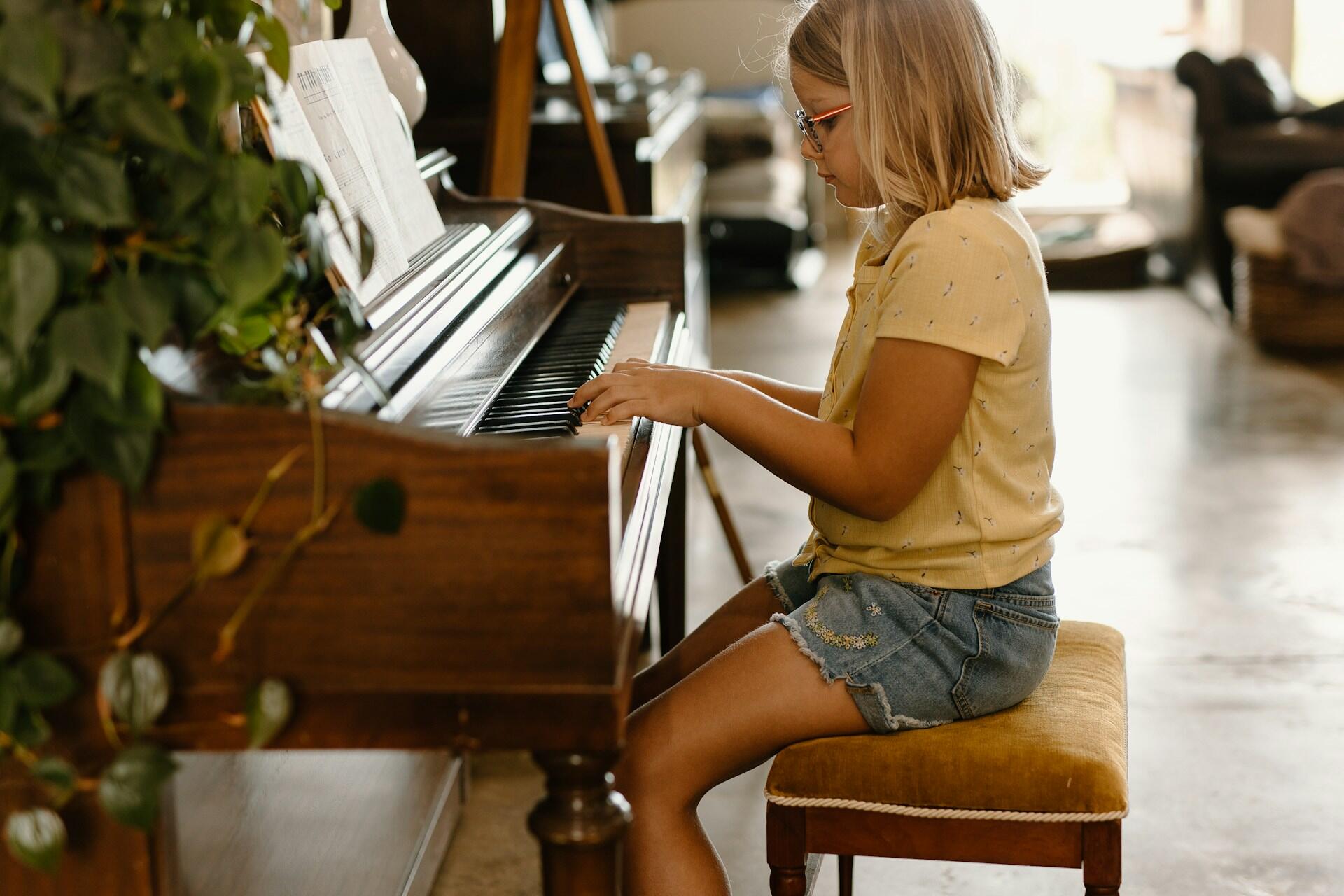
As a compact instrument, the console piano fits perfectly between the smaller spinet and larger studio upright models in terms of dimensions, making it an ideal choice for homes where space is at a premium but musical excellence remains important.
Professional
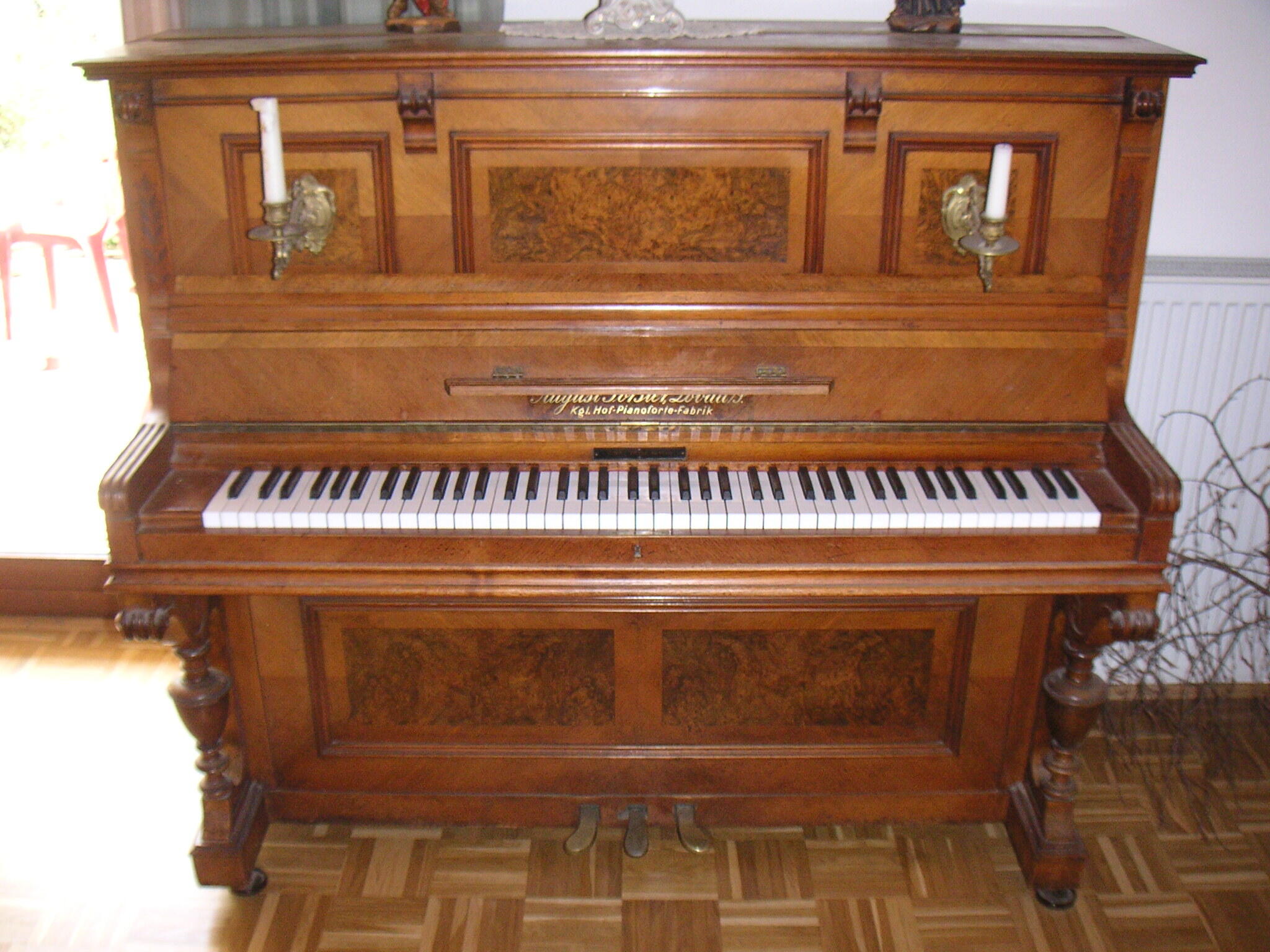
This type usually falls in line with the best tips for buying a piano. Its action, sound, frugal dimensions, and price tag place this upright at the top of piano shoppers' lists. It has the longest soundboard of all the uprights, and the build's quality materials rival the grands.
However, it is a bit more maintenance intensive because of its spring-loaded hammer returns.
Digital Pianos
As we all know, the piano is a complete instrument - no extras or accessories needed. Pianos have delighted music lovers for centuries; by the 1700s, these instruments featured in wealthy Italian homes' music rooms.
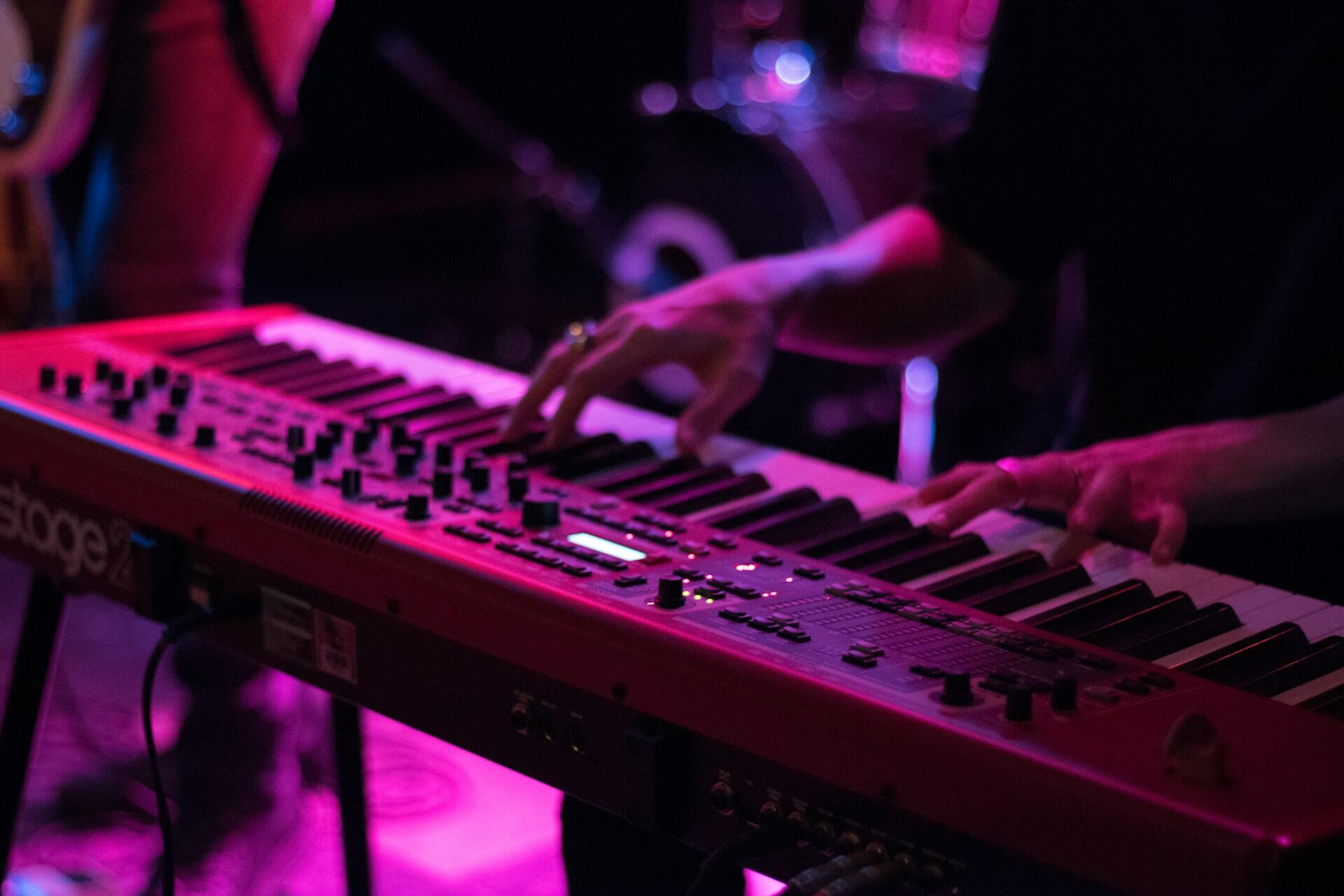
By contrast, electrically enhanced pianos have only been a thing since the 1970s.
Piano purists debate the merits of those instruments, but there's no denying they are now firmly in the music scene. Our listening experience is richer for them. The trick is choosing the instrument that complements your playing style and delivers the richest sound. Each of these has features to consider.
Electric Pianos
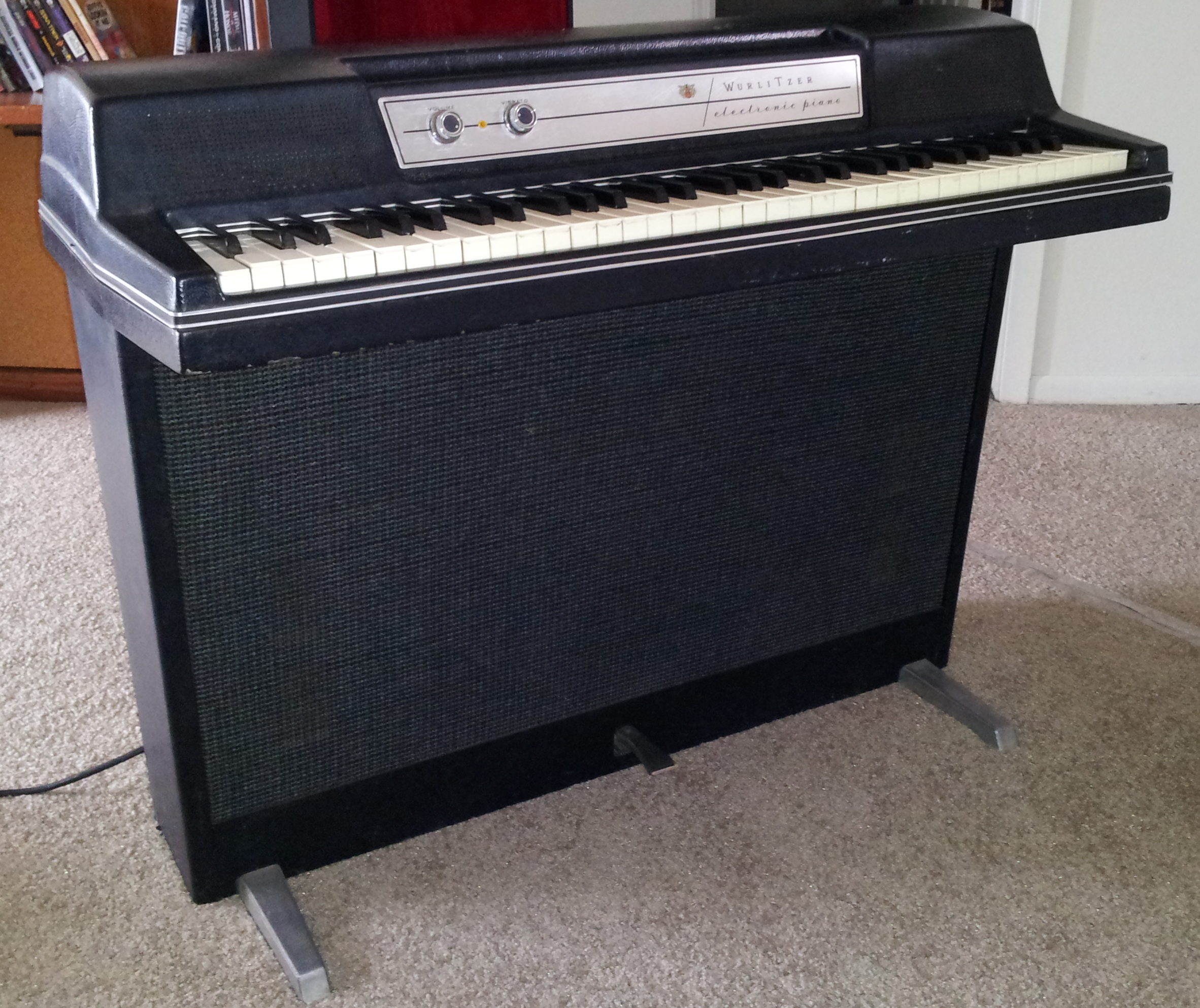
Let's say you're taking piano lessons Melbourne. The studio where your teacher gives lessons surely has the required instrument. But you need a piano to practise on at home. If you're limited on space and have neighbours to consider, an electric piano is ideal.
These pianos are far smaller than their acoustic counterparts because they generate sound electrically, rather than through different-length strings. Its mechanics are not complicated; in fact, they're a bit like those of the electric guitar.
Electronic Pianos
The 80s music scene was full of synth-pop, new-age, and EDM - electronic dance music. Pioneers like Harold Rhodes and Jean-Michel Jarre invented new electronic piano equipment, and popularised the sound.
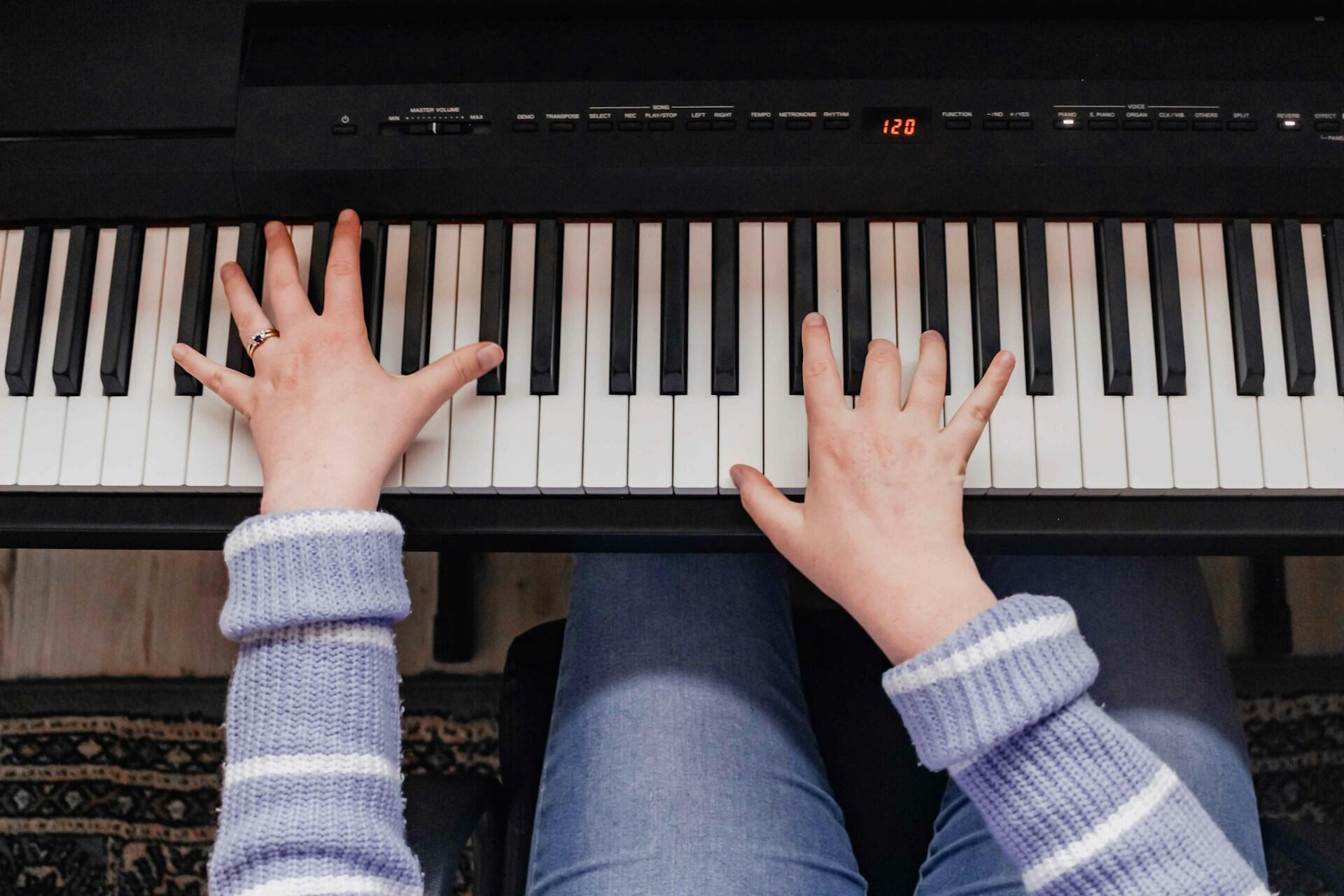
Today, the term 'electronic piano' generally refers to any stage piano with amplified output, or digital piano. Furthermore, they're not pianos in the true sense, because they generate synthesised sound. Digital pianos go one step further: they use stored samples as synthesis.
Digital Pianos
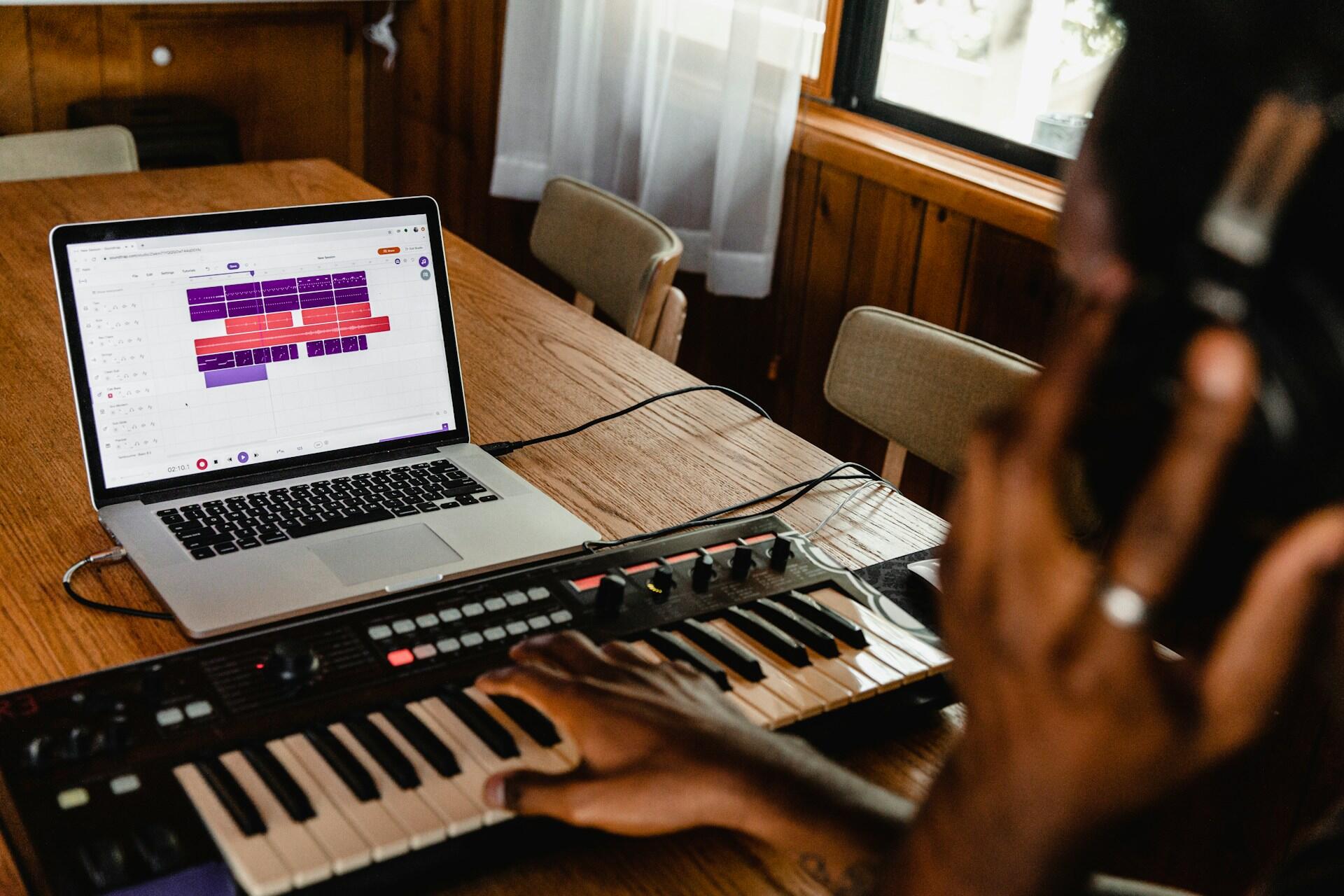
Today, the music world is all about the digital piano. Or, so it seems from doing a standard internet search, even one for electric or electronic instruments.
Digital pianos are versatile and flexible, accommodating all styles of play.
Better yet, improvements to key weights and 'graded' hammers have revolutionised the playing experience.
You'll find out everything you need to know about your new instrument from your music store's staff. Whether you buy an acoustic or digital piano, you must learn about its capabilities and its care. And, you must determine whether piano buying fits in your budget. This table shows average prices for new pianos of all the types we've described.
| 🎹Piano type | 📏Size | 💰Price range |
|---|---|---|
| Upright | Console Studio Professional | $6 000 to 12 000 $10 000 to 35 000 $15 000 to 80 000 |
| Grand | Baby Parlor | $15 000 to 150 000 $19 000 to 46 000 |
| Electric-digital | Basic models Professional/portable Concert grade | $500 to 1 000 $1 500 to 3 000 $2 500 to 6 000 |

